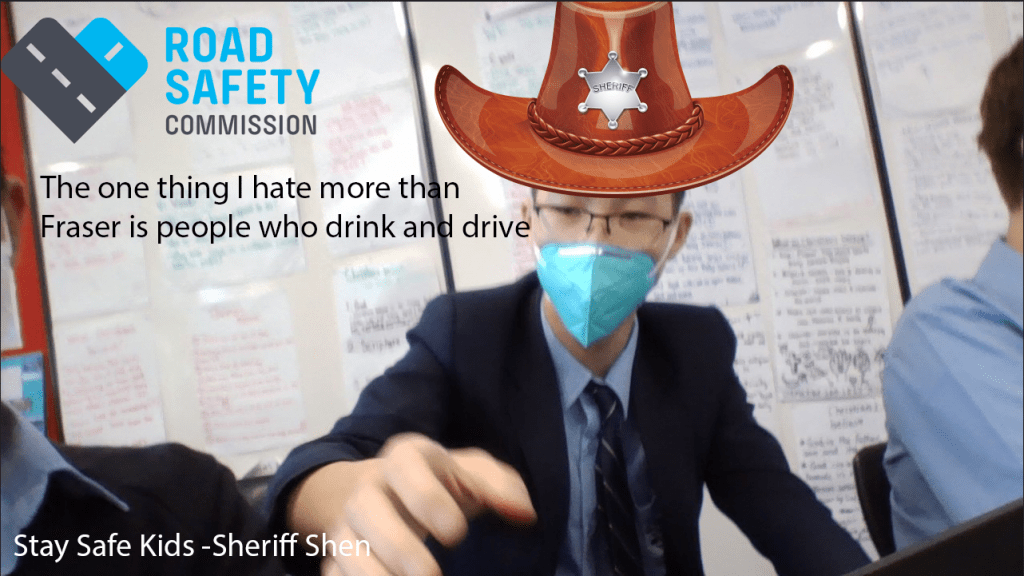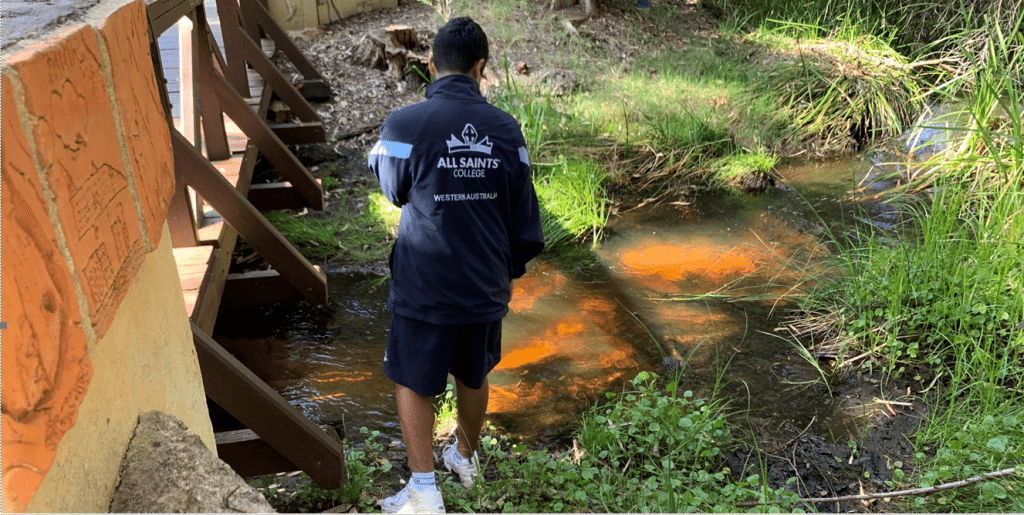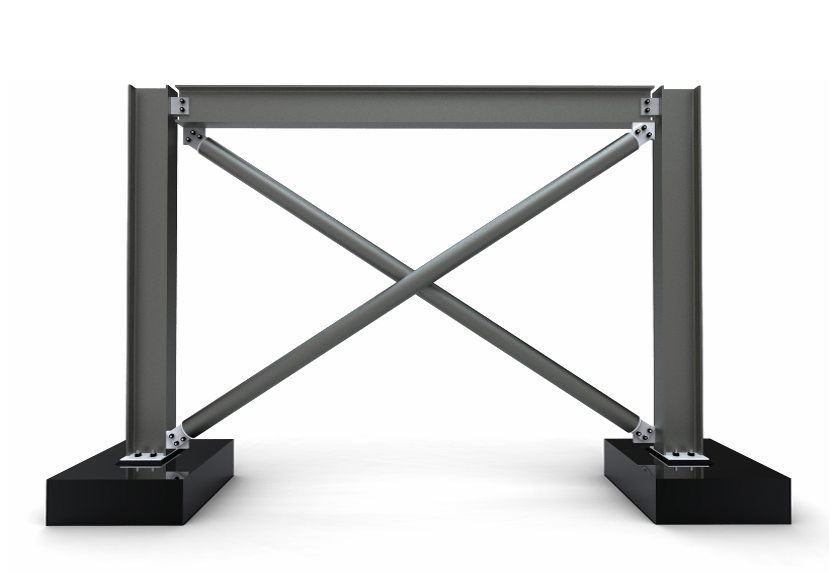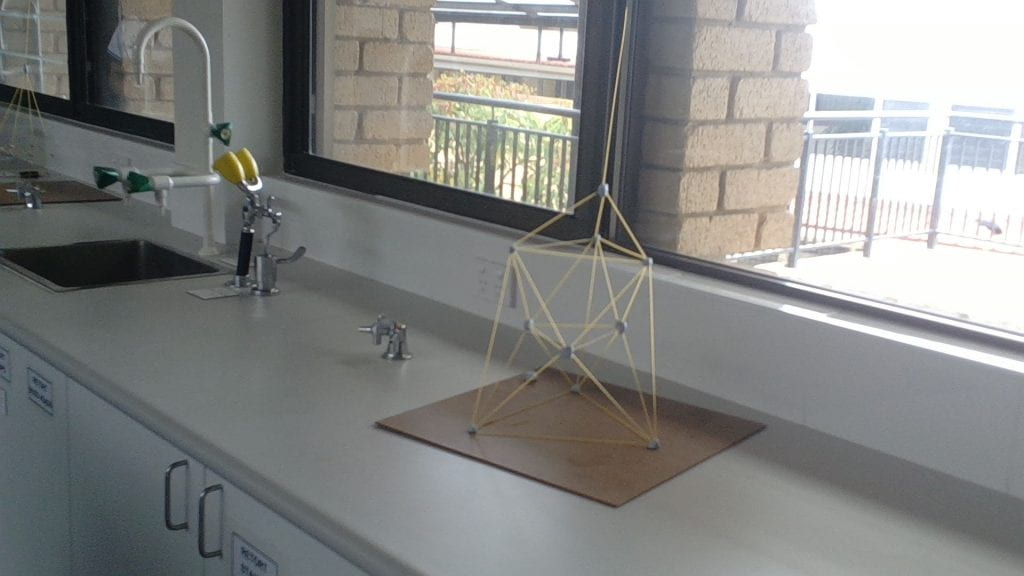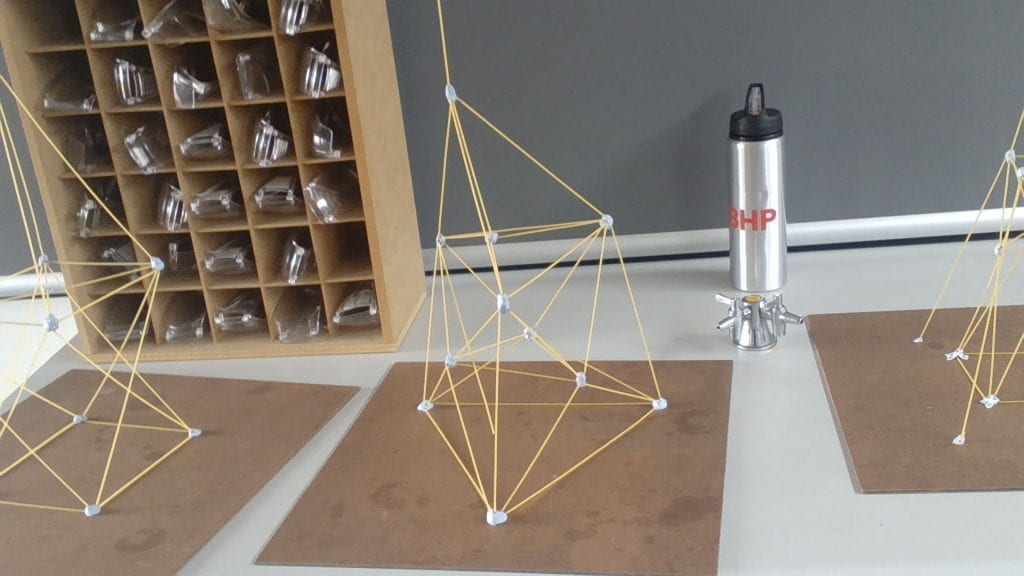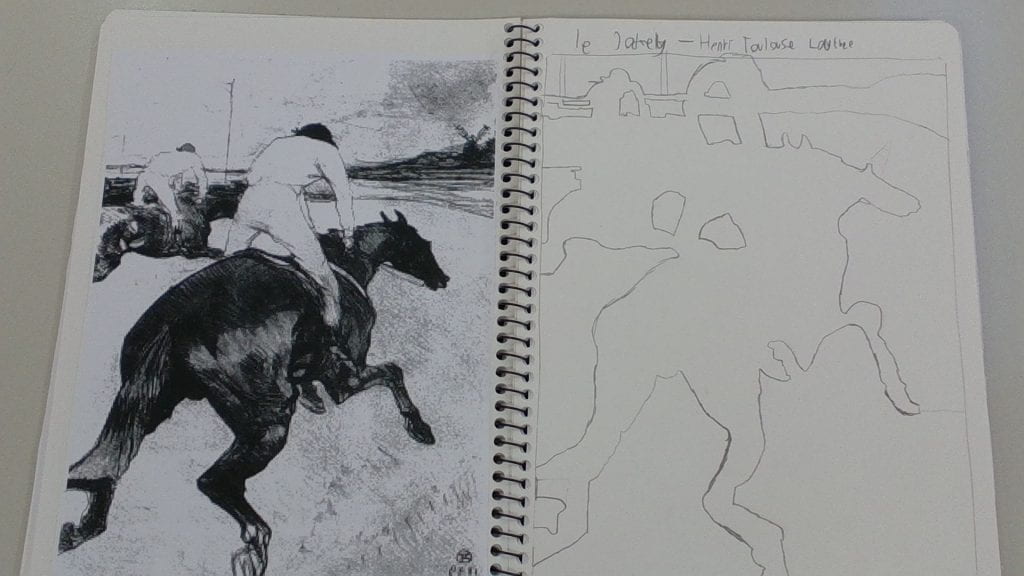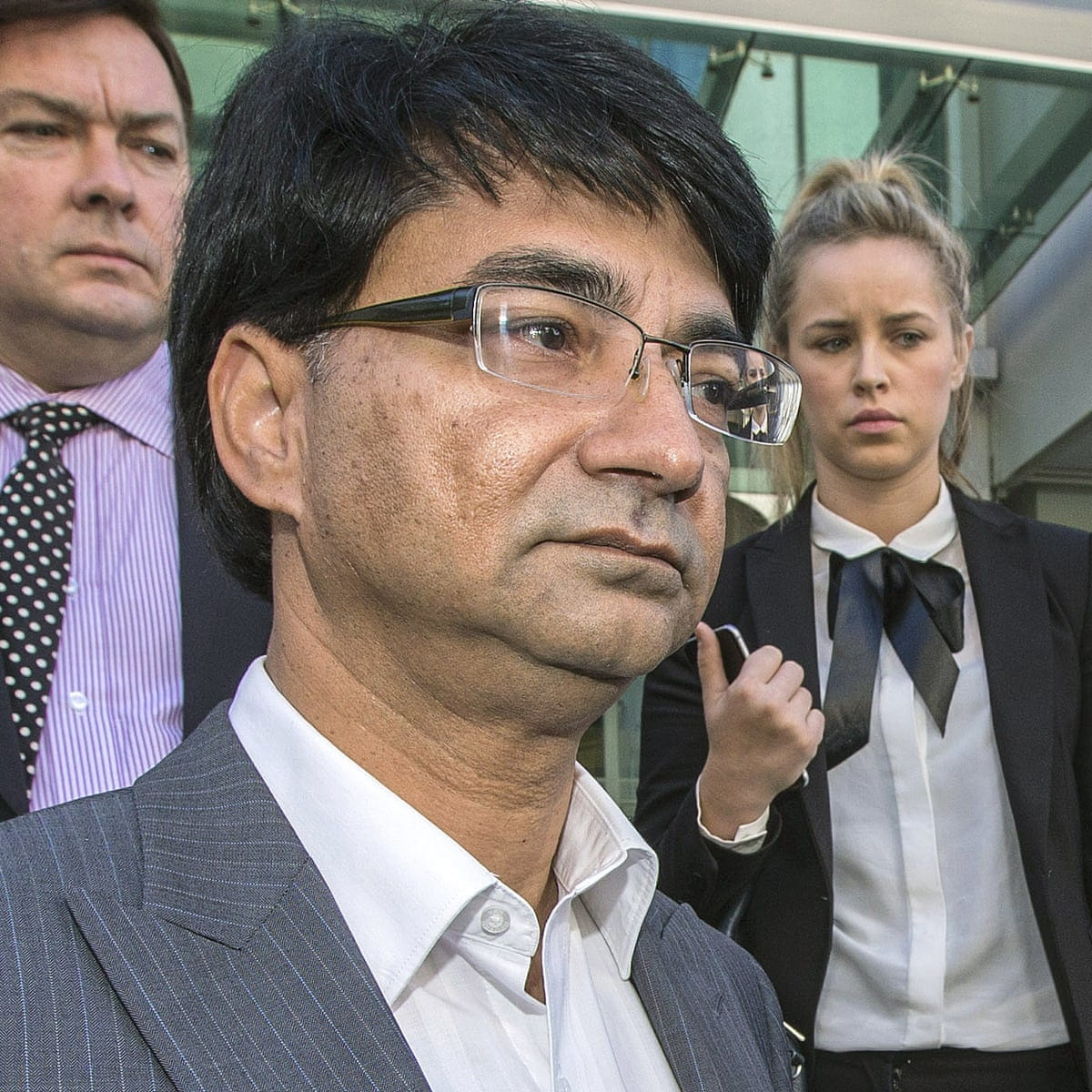During Semester 1 2022, I chose Art, Sculpting. In this class we worked on creating our own Amulets and Talismans. On this Journey we also learnt about how Amulets and Talismans came to be. We even got to find inspiration for our Amulets and Talismans by seeing the WA museum. We also went to an art gallery and observed lots of exhibitions.
Did you meet your Targets throughout the project?
I Believe I did meet all my Targets as I finished my Amulets Design by the due date and Finalized it. I also met all my non-amulet related targets such as finishing all the visual diary requirements.
How did you Develop your Designs?
I developed my designs through sketching them in my visual diary, my design I had in my mind changed a lot based on the process. Despite this I am very happy with the final outcome.
Production of the Amulet/Talisman
The shape of my Amulet did not change during the production. The shape of my Amulet is a sort of curved Triangle. I got the inspiration for this odd shape from a video game I play. The shape worked really well and made my job of constructing the pinky-sill box much easier as I only needed 3 sides rather than 4. Unlike this however the rest of the Amulet was changed completely. The original theme being a sort of futuristic theme using golds and blues. I even planned to make a hole in the center displaying an orb of some sort. As the project continued I realized that this was a little bit out of my reach so I recreated many new designs that conformed with the curved triangular shape of the soap I had carved. The one I settled on was the shape with bands going over over it. This section of the new Amulet design was inspired from the Marvel show “MoonKnight”. I really liked the design of his armor and implemented it onto my amulet. Of course I did make changes. One of the main changes I made was painting the Final job black and using special moldable plasticine to create the bands that wrapped around some of the Amulet. These bands were painted white (Like MoonKnight). My final touch to add to the amulet was an accent colour of sorts. I decided to this as the only colour of the Amulet was White and Black. I did really like the design but for it to stand out it needed more colour. To solve this problem I chose gold flakes. I painted a small amount of these flakes between the bands as the gold flakes stood out even more on the black job.
Finished Product Images
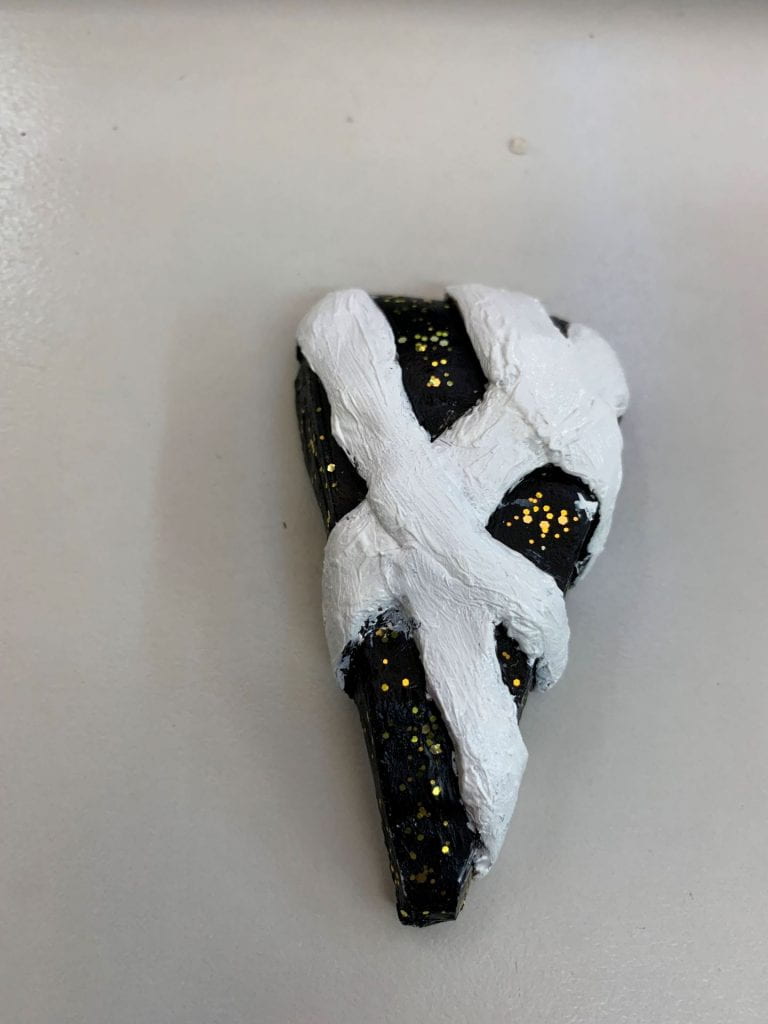
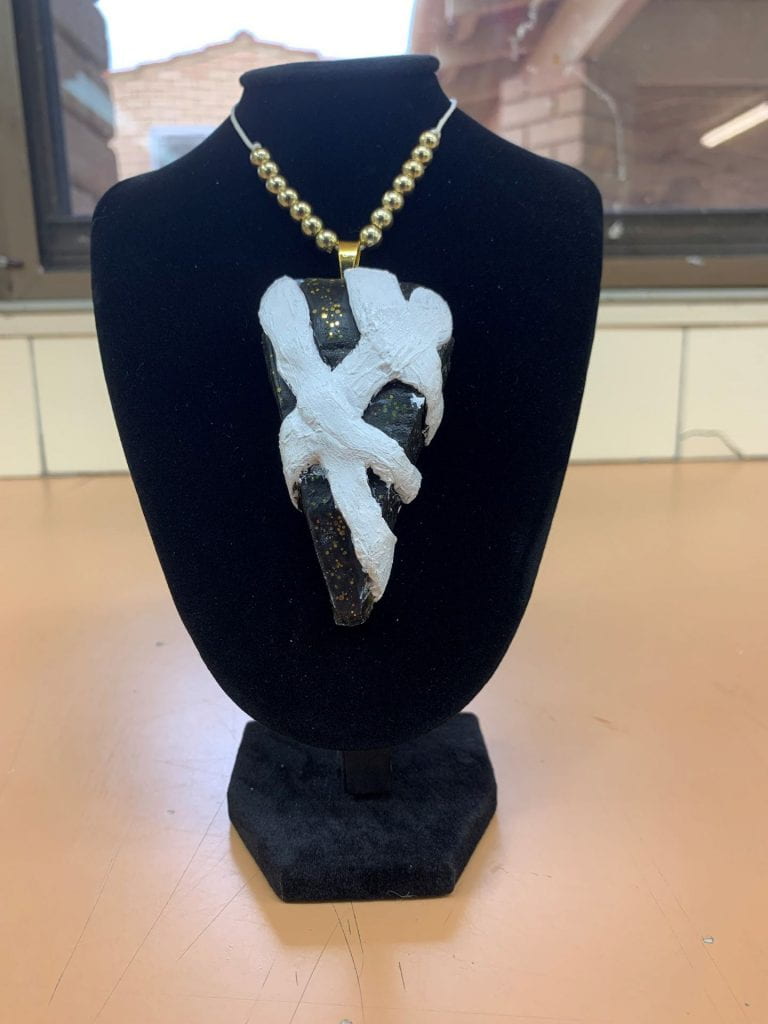
What next?
The next step in the project is adding a string. An Amulet/Talisman needs to be a Necklace after all. As of now I have 2 ideas for the string. The first being white bands like the ones the wrap the amulet. The second being a darker black string with same scarce amount of gold found on the job itself. But we will have to see what happens next.
